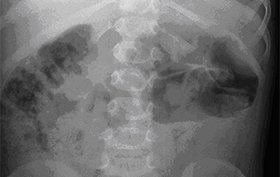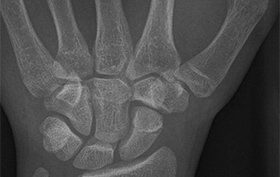The patient is a young child with three days of constipation with a non-specific history of abdominal pain. On exam, the child is asleep. The abdomen is easily palpable and soft. Physical exam reveals no other remarkable factors. View the x-ray taken and consider what your diagnosis and next steps would be.
Read More


